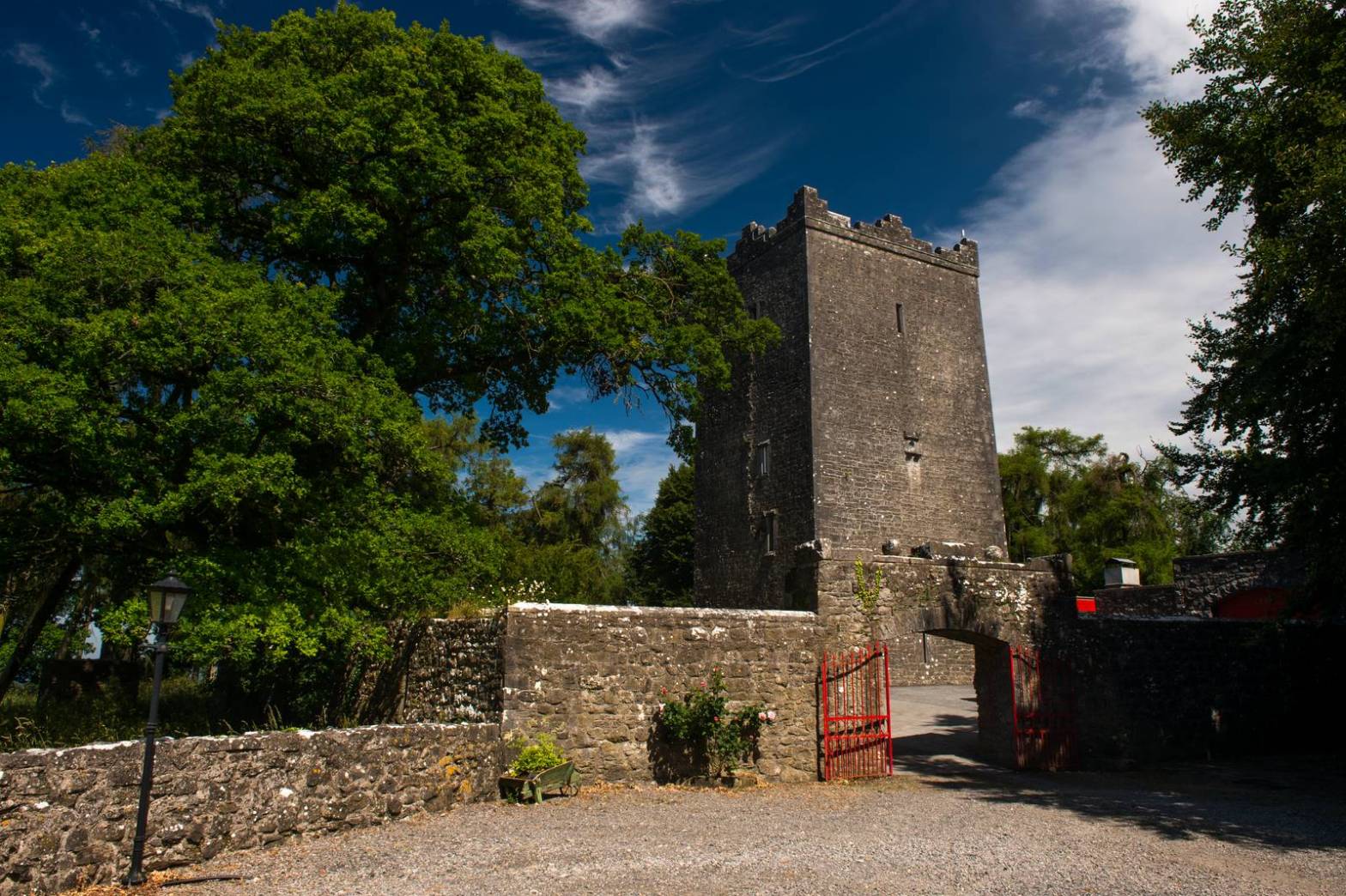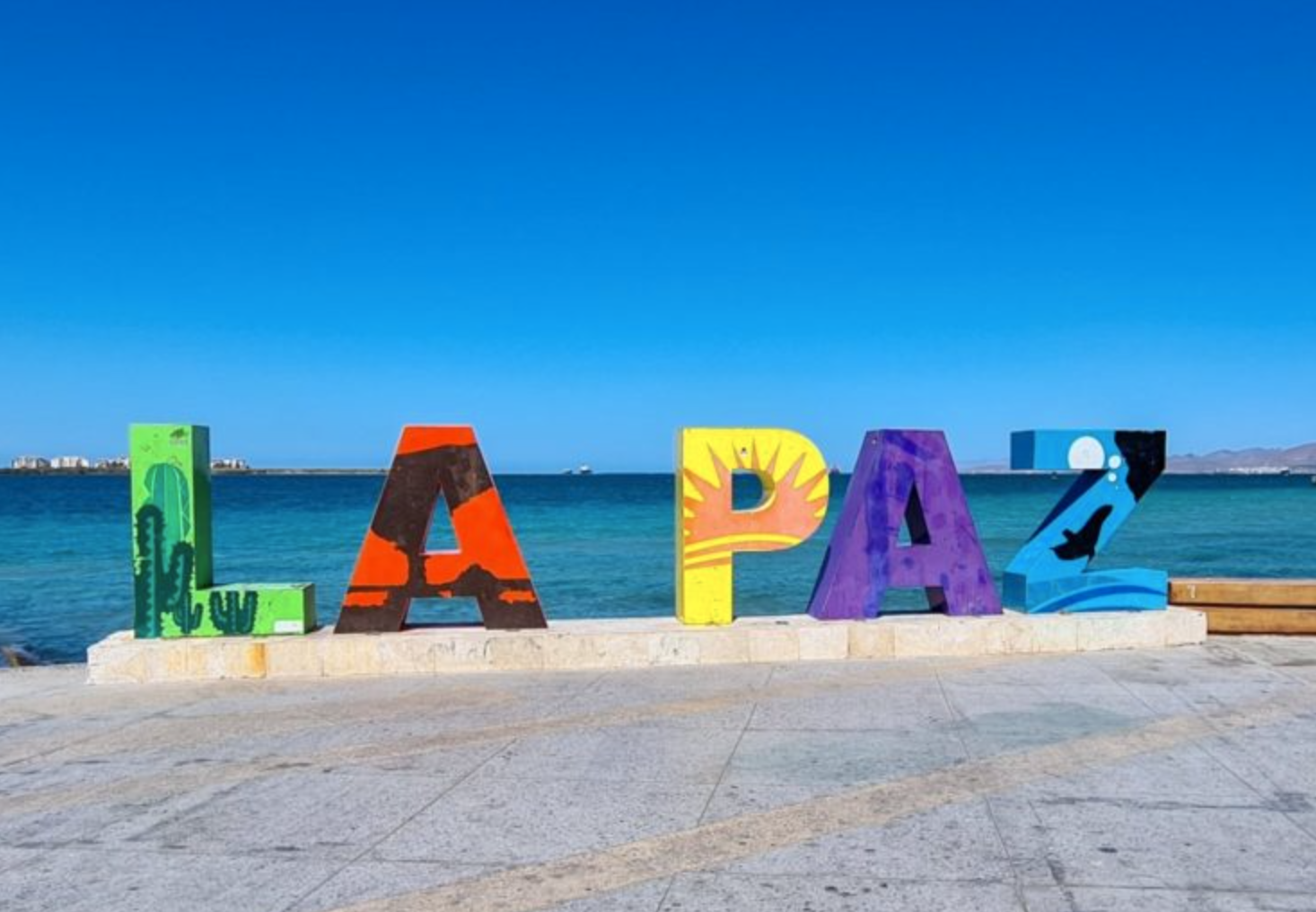One of the first questions that comes up when planning a trip to any destination is when to go and Ireland is no exception. When is the best time to visit Ireland? Anytime is a good time, but certain months can be better than others.
Breathtaking scenery, friendly people, castles, history & more
With such breathtaking scenery, no wonder it’s a bucket-list destination for so many. It includes everything from sparkling lakes, soaring mountains, and waterfalls to secluded beaches with golden sands. Sprinkle in the rich history, countless castles, and friendly people, and you’ve got the ultimate vacation. Just don’t mind the rain. Of course, many come to explore their ancestral roots too, with millions of people across the globe claiming Irish ancestry. The reasons behind your trip will help you determine when to go.
I’ve visited the country most years from 2000 on with cousins in Dublin, Kilkenny, and Waterford. Helping others plan their own trips, including determining the best time to visit Ireland, is one of my favorite things to do. Other than actually touring them around, of course.
Why do you want to go to Ireland?
It’s important to understand the best time to visit Ireland to get the most out of your trip, whatever the reasons you’re going. But you’ll want to consider the crowd levels, the weather, costs, and the activities you’d most like to do. Some may not be available during the off-season months, for example.

The unpredictable Irish weather
Something important for anyone planning a trip to the Emerald Isle is to understand is that rain is always a possibility. Statistics show that the driest months are April through July. They see an average of just over three inches of rain in total. December and January are the wettest with around 5.5 inches. But in 2023, July set a record for rain, underscoring the unpredictability of Irish weather.
What does that mean for your trip? You’ll want to bring a waterproof jacket no matter when you plan to visit Ireland and hope for the best. When checking the forecast, don’t be too alarmed if it shows rain every day. Oftentimes, it’s just light showers, and before too long, the sun soon peaks out from behind the clouds. Then, a brilliant rainbow is likely to appear over the lush landscape.

But enough of the chatter. You’re obviously here to find out the best time to visit Ireland for your trip. Any time is a good time, but I have my own preferences having experienced every season: May and late September through mid-October. I’m guessing that you’ll like them too.
If you don’t have time to read through the details, I’ve provided a brief summary.
| Travel Seasons | Min/ Max Temperature | Weather/Crowds |
| Spring | 55-61°F | Cool and sunny/moderate |
| Summer | 63-66°F | Mild and partly rainy/crowded |
| Autumn | 52-59°F | Mix sun and rain/low to moderate |
| Winter | 44-52°F | Cold and rainy/low |
Many guidebooks will tell you that September is a shoulder season. While that was once the case, it hasn’t been for a while now. It isn’t as busy as August, but it has become part of the high season. That said, as the month progresses, the crowds do thin.
High Season: June through mid-September, + the week around St. Patrick’s Day (March 17)
Shoulder Seasons: April through May and mid-September through October
Low Season: November through March (except the week around St. Patrick’s Day)
Spring in Ireland


Unlike what you might think, spring sees the least amount of rain, with May the sweet spot. My favorite month to visit Ireland, expect it to be breezy and cool with temperatures ranging from around the mid-50s to low 60s. As it’s often sunny, it usually feels warmer than the temperature belies. May is also the best time to come for wildflowers, with the blooms at their peak. Most boat trips and tours start during this time too, making it possible to get out on the water before the big crowds of summer arrive.
Speaking of crowds, spring isn’t nearly as busy as the summer months and you can often score discounted rates on accommodation and airfare. April and May also have long days bringing plenty of time for sightseeing. On May 1st, the sun goes down just after 9 p.m., and by the end of the month, sunset is at nearly 10 p.m.
Summer

Most guidebooks will tell you that summer offers the best weather, but that’s not something you can count on. I’ve personally experienced more rain in the summer than any other time of the year, and as noted previously, in 2023, July brought record rainfall. This is also the busiest season with big crowds at the popular attractions. You’ll see tour buses filling the parking lots and dropping off a seemingly endless parade of visitors, making it difficult to capture photos or simply enjoy the sights. You’ll pay the highest prices of the year too.
That said, if you rent a car and head out on your own, you can plan to visit major attractions early in the morning to avoid the masses. Typically, the rain isn’t so heavy that it prevents outdoor activities like hiking and all of the boat tours like dolphin-watching excursions will be operating on their full schedules. You’ll also enjoy long days, with sunrise around 5 a.m. and sunset just after 10 p.m. on the Summer Solstice.
Fall

Early fall, late September through mid-October is another one of my favorite times to visit Ireland. The odds of rainfall increase a bit, but perhaps I’ve been lucky as during most trips at this time I’ve experienced just a couple of rainy days. It’s often perfect sweater weather with temperatures in the 50s. Wait until late October and you are likely to see more rain than sunshine.
Starting around late September/early October the colors of autumn start to appear as well, with trees and hillsides bathed in golden hues and the occasional pop of red. You’ll also enjoy a much more relaxed atmosphere as compared to summer, yet most of the popular attractions will still be open.
Winter

Don’t rule out winter for your visit to Ireland. The country generally experiences mild but rainy weather during this season, although the occasional snowfall can occur. It’s the very best time to enjoy a more authentic experience with few crowds and the opportunity to get to know the locals. If you’re staying at a bed-and-breakfast, for example, your host won’t be as busy and is likely to have time for longer chats.
Winter is also the cheapest time to visit Ireland, outside of the Christmas and New Year’s holidays, with mid-January through late February usually the least expensive for airfare and accommodations. There are downsides to visiting in the winter – you won’t be taking any boat trips and some tourist facilities may be closed. You’ll also need to prepare for the cold, rainy days by bringing the appropriate clothing which means traveling with just a carry-on becomes a lot more challenging.
One of my favorite things about winter is that when it gets too chilly, it’s the perfect excuse to duck into a pub with a roaring fire, enjoy tasty Irish stew, a pint of Guinness, and spend time mingling with the locals, one of the best parts of any trip to Ireland.
If you’re looking for the perfect itinerary, check out Best Travel Guide for First Time Visitors to Ireland. I’ve also included information on the best time to visit Ireland along with many other helpful tips for trip planning. You’ll find many blog posts that are sure to help us well. That includes Beautiful Destinations You Need to Put On Your Ireland Itinerary.
K.C. Dermody is the author of Best Travel Guide for First Time Visitors to Ireland and has had hundreds of travel articles published online and in print, including Yahoo! Travel, Trips To Discover, Hotels.com, Travelocity, and many more. She also creates itineraries for major tour companies focused on Greece, Croatia, Iceland, Ireland, the UK, Canada, and the US. She’s traveled the world, visiting nearly 50 countries to date. When she’s not writing, she might be found hugging whales in the Sea of Cortez, exploring haunted castles in Ireland or visiting ancient sites in Greece.





Leave a Reply